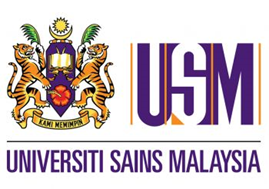

- About ICEPGS 2024 - 2024 3rd International Conference on Electrical, Power and Grid Systems We are pleased to announce 2024 3rd International Conference on Electrical, Power and Grid Systems (ICEPGS 2024) which will be held in Kuala Lumpur, Malaysia. on January 26-28, 2024. This conference is aimed and dedicates itself to providing networking possibilities for researchers, scientists, engineers and scholars to share their experience, amazing ideas and innovative research in the field of Electrical, Power and Grid Systems. In addition, this conference would also be a stand and to discuss practical issues, challenges encountered as well as the solutions adopted. We believe ICEPGS 2024 will be an exceptional platform. Finally, we wish you all the best and may you have a memorable conference. | - CALL FOR PAPERS -
1. Solar Power 2. New Energy Power Generation 3. Transmission of Electrical Energy ... For more information, please click: |
IMPORTANT DATES
Full Paper Submission Date December 10, 2023 | Registration Deadline December 30, 2023 | Final Paper Submission Date January 12, 2024 | Conference Dates January 26-28, 2024 |
- SUBMISSION -
For more information, please click: Submission - PUBLICATION -
For more information, please click: Publication - Organized by -
- Supported by -
|
If you have any question or inquiries, please feel free to contact us.Contact




